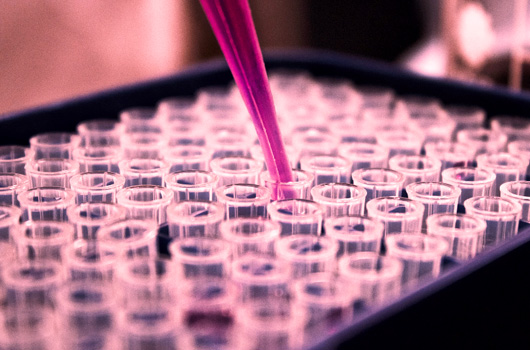Even though the chemical structures of drugs can differ greatly (in accordance with the requirement of complementary interactions to diverse target receptors), successful drugs on the market today do share certain similarities in their physicochemical properties. Perhaps the most well-known study in this area is the work of Lipinski and coworkers, who performed a statistical analysis of ~2,200 drugs from the World Drug Index. They established a set of heuristics that appears to be generally valid for the majority of the drugs considered in the study.
Reaxense's Drug-Like Compound Library comprises 10,577 small drug-like molecules intended for high-throughput screening. The term “drug-like” implies that certain properties of a particular compound confer on it a greater propensity to become a successful drug product.
Features
- 10,577 drug-like compounds for high-throughput screening
- Full Lipinski’s ”Rule of Five” compliance
- No pan-assay interference (PAINS) compounds
- Compounds with reactive and toxic groups filtered out
- High diversity over the library
- Purity >90%; spectral data available

